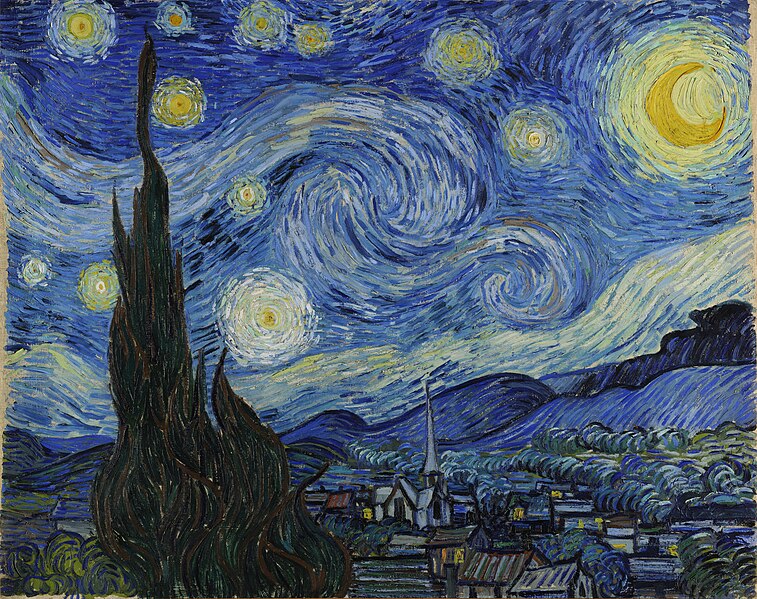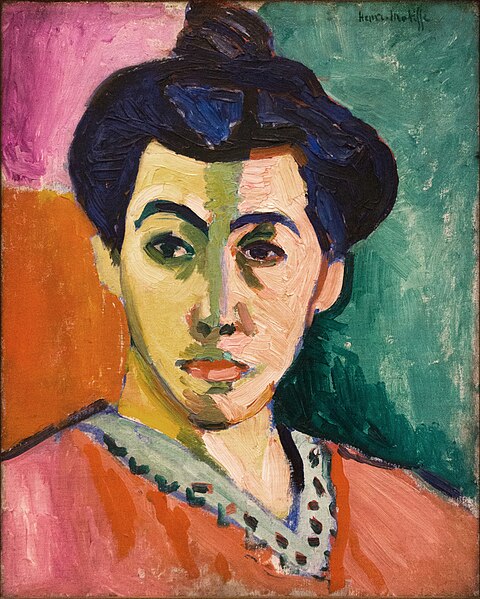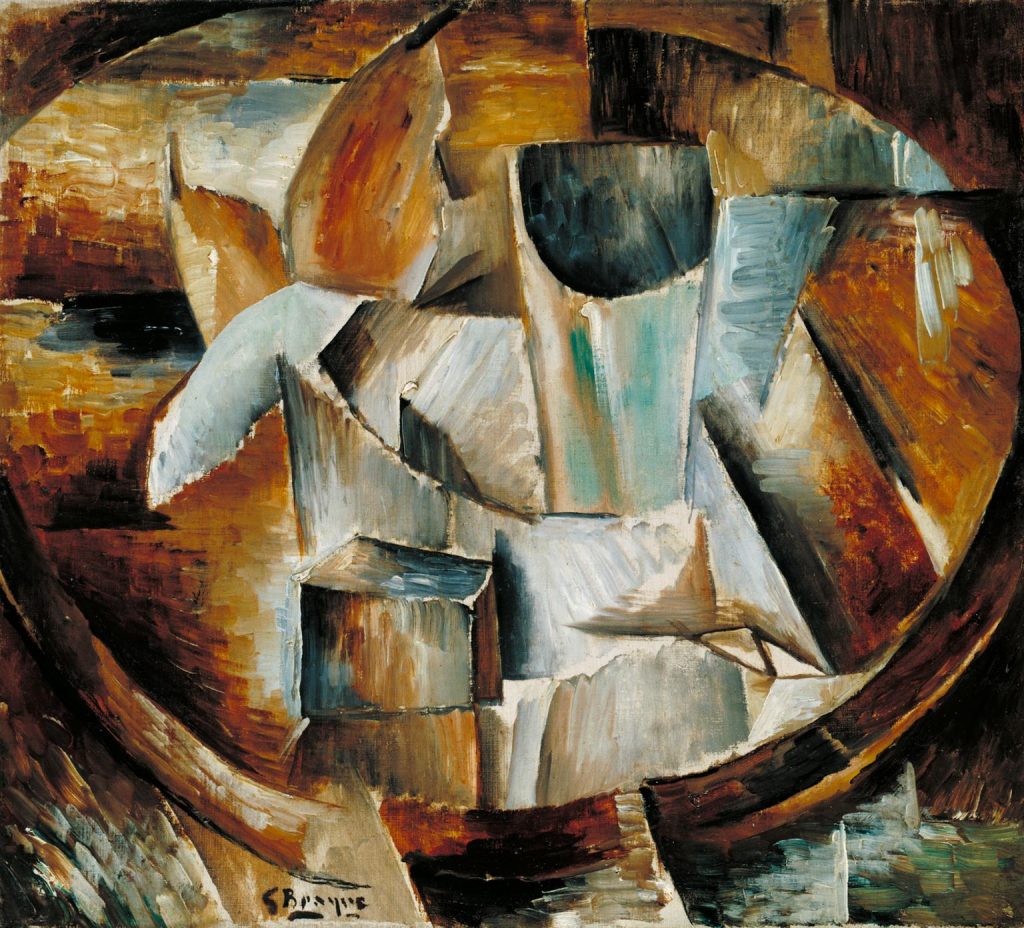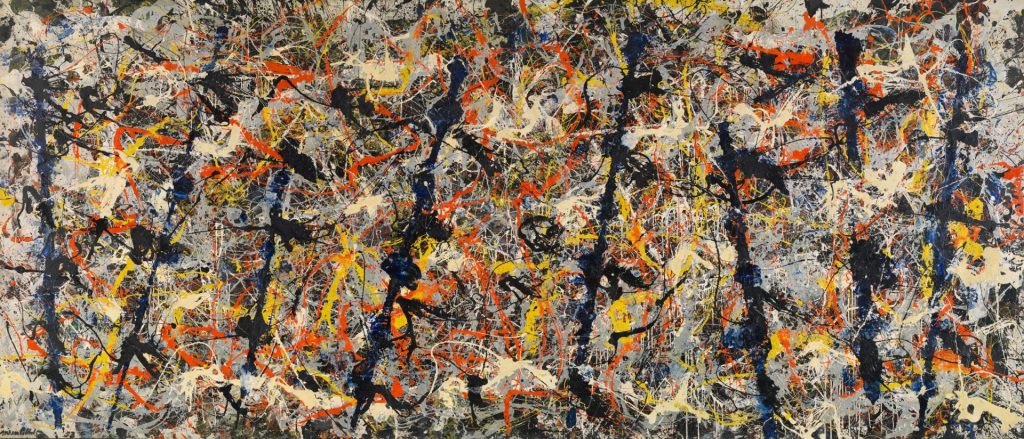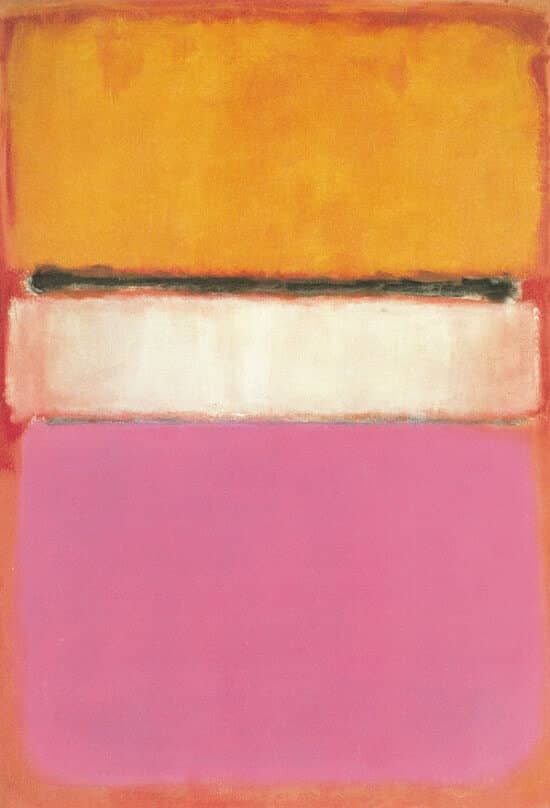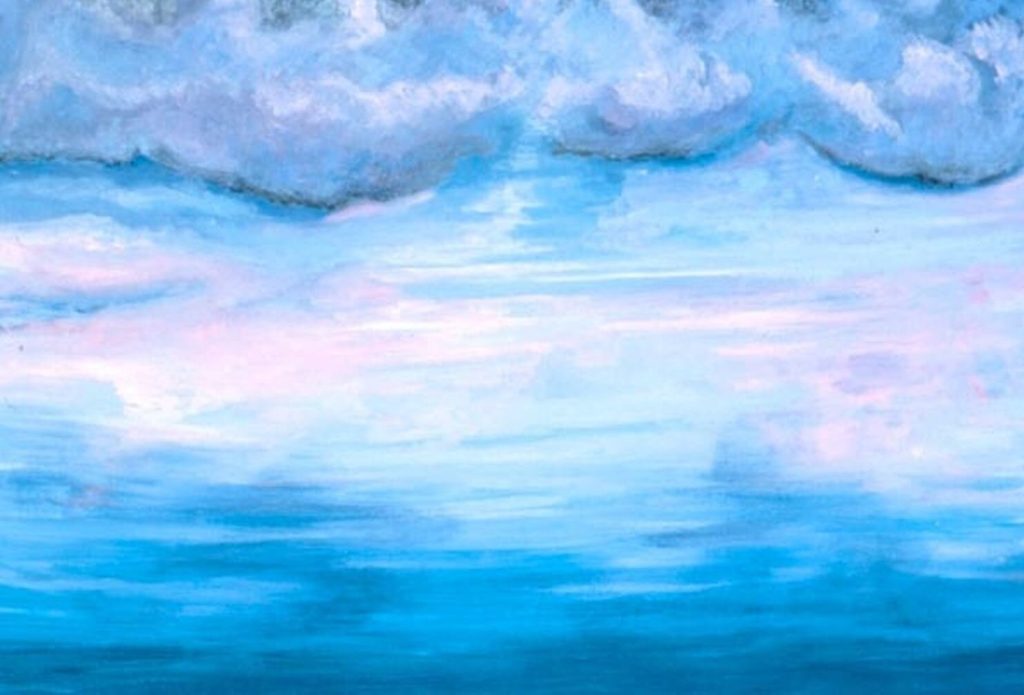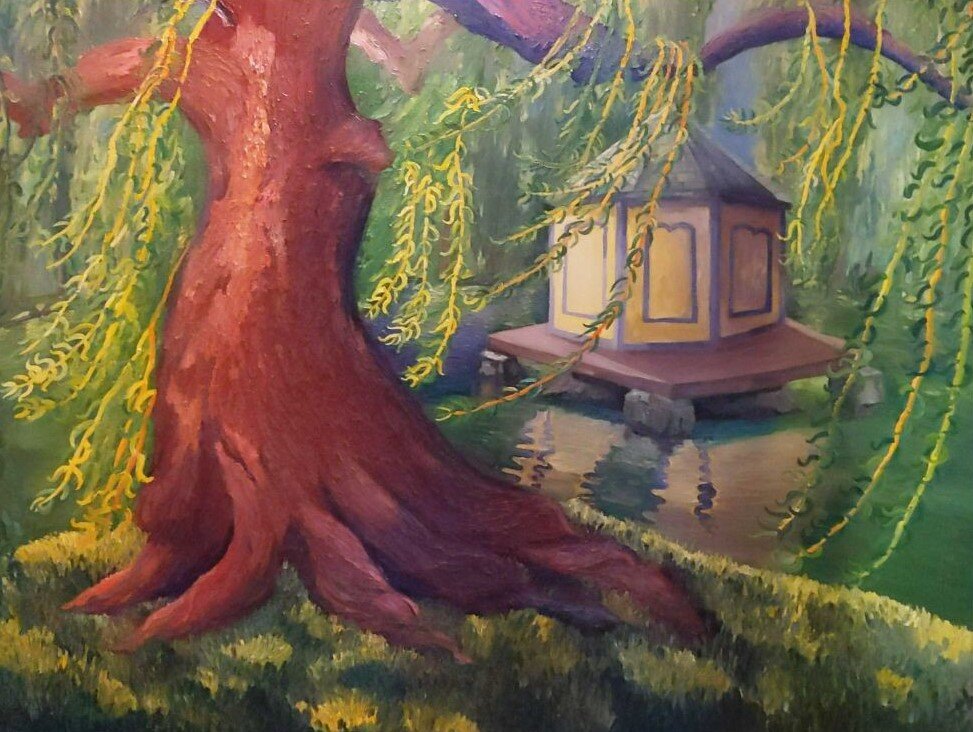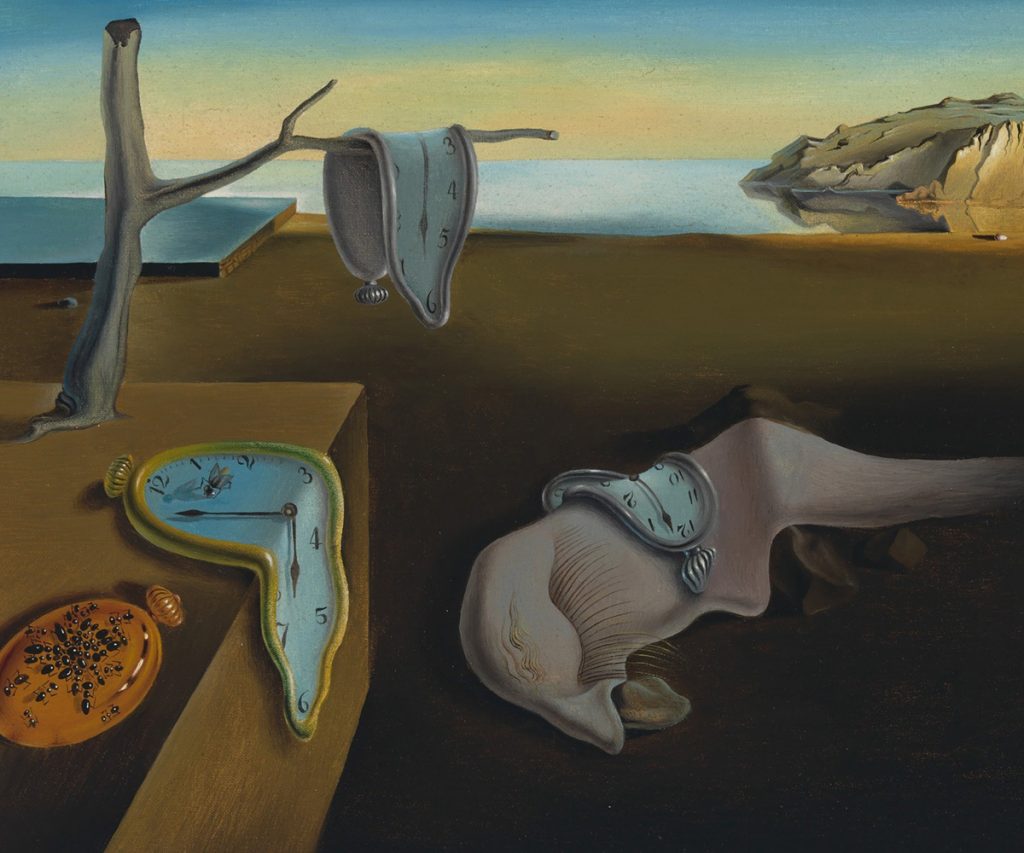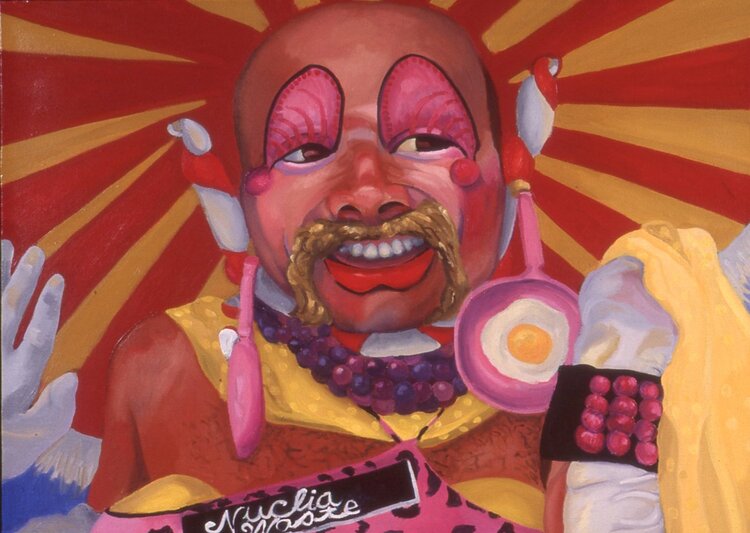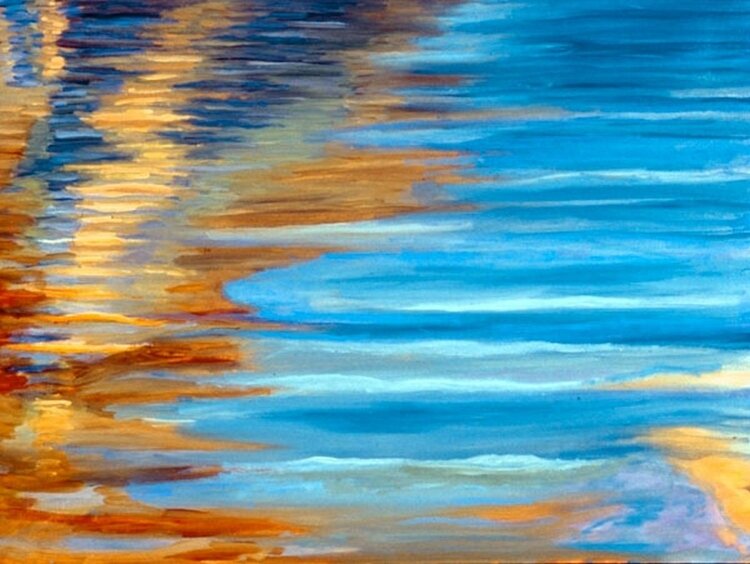Welcome to Your Guide on Decorating Your Home and Office with Colorful, Original Fine Art
Understanding the Impact of Color in Fine Art
As an art buyer and collector, you possess a unique appreciation for the beauty and depth that fine art can bring to your spaces. Whether it’s your home, office, or any other environment, the artwork you choose is more than just decoration; it’s an expression of your personality, values, and aesthetic sensibilities. This lesson is designed to enhance your understanding of how color in fine art influences mood, atmosphere, and overall design in your spaces.
Color plays a pivotal role in how art interacts with its surroundings and the emotions it evokes. Each hue can transform a room, create focal points, and set the tone for your environment. By understanding the psychology of color and how it relates to fine art, you can make informed decisions that not only enhance the beauty of your spaces but also reflect your personal style and intentions.
In this self-guided online lesson, we will explore the various aspects of color in fine art, providing you with insights and practical tips on how to effectively integrate art into your decor. From selecting the right pieces to understanding the interplay of colors within your chosen artworks, you will gain valuable knowledge that will empower you to curate your collection with confidence.
Join us on this journey to discover how to enhance your spaces with fine art while mastering the influential role of color in creating the perfect ambiance. Let’s get started!

On the Way to Eagle Peak/ Oil on Canvas/ Size: 84" x 66"
Understanding the impact of color in fine art can be greatly enhanced by exploring the major art movements and their characteristics. Each movement has its own unique approach to color, which can influence your choices when decorating your home or office.
Impressionism (late 19th century) :
This movement is characterized by its loose brushwork and a focus on capturing light and atmosphere. Impressionist artists often used vibrant colors and painted scenes en plein air, resulting in works that emphasized the effects of light on color. Key artists include Claude Monet and Pierre-Auguste Renoir. The use of color in Impressionism can evoke feelings of joy and spontaneity, making it suitable for spaces where creativity thrives.
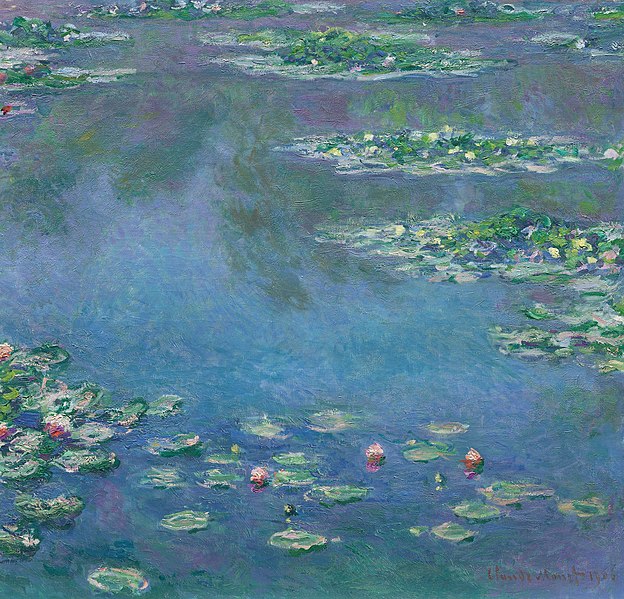
Water Lilies / Oil on Canvas
Post-Impressionism (1886-1905):
Building on Impressionism, this movement introduced more structure and emotional depth in color. Artists like Vincent van Gogh and Paul Cézanne experimented with color to express their subjective experiences. Van Gogh's bold, expressive colors can energize a room, while Cézanne's use of color to create form adds a layer of sophistication.
Van Gogh’s “Starry Night”
Fauvism (early 20th century):
Fauvists, such as Henri Matisse and André Derain, embraced wild, non-naturalistic colors. Their work often features vibrant, saturated hues applied straight from the tube, creating a sense of emotional intensity. Fauvism can infuse a space with a sense of exuberance and vitality, perfect for areas meant for inspiration and relaxation.
Matisse’s “The Green Stripe”
Cubism (early 20th century):
Pioneered by Pablo Picasso and Georges Braque, Cubism deconstructed objects into geometric shapes and presented multiple perspectives simultaneously. The color palette in Cubism often includes muted tones, allowing the structure to take precedence over color. This style can lend a modern, intellectual feel to an environment, making it ideal for offices and study areas.
Braque’s “Glass on a Table”
Abstract Expressionism (1940s-1950s):
This movement emphasized spontaneous, automatic, or subconscious creation, with artists like Jackson Pollock and Mark Rothko using color to convey emotions and ideas. The bold, gestural application of paint in Abstract Expressionism can create a dynamic focal point in any space, encouraging conversations and reflections.
Jackson Pollock’s “The Blue Poles”
Color Field Painting (1950s-1960s):
Closely related to Abstract Expressionism, Color Field artists, such as Mark Rothko and Barnett Newman, focused on large areas of color to evoke emotion. The simplicity and expansiveness of their works can create a calming, meditative atmosphere in your home or office.
Mark Rothko’s – “Yellow, Pink, White Center”
By understanding these major art movements and their characteristics, art buyers and collectors can make informed decisions about how to incorporate color into their spaces, enhancing both the aesthetic and emotional qualities of their environments.
When considering the impact of color in fine art, it is essential to explore the distinctions between contemporary and traditional art styles. Each style employs color in unique ways, contributing to the overall emotional and aesthetic experience of the viewer.
Traditional art often relies on a specific color palette that adheres to established conventions. This style frequently utilizes muted tones and natural colors, creating a sense of harmony and balance. Artists from the Renaissance to the Baroque period used color to convey realism and depth, often drawing from the natural world. This approach can evoke feelings of nostalgia and timelessness, making traditional art a popular choice for spaces aiming to create a classic or elegant ambiance.
Rembrandt’s “Christ in the Storm on the Sea of Galilee”
In contrast, contemporary art embraces a broader spectrum of colors and often challenges the viewer’s perceptions. Artists today experiment with vibrant hues, bold contrasts, and unexpected combinations. This use of color can provoke strong emotional responses and foster a sense of dynamism within a space. Contemporary pieces may incorporate unconventional materials and techniques, leading to unique interpretations of color that resonate with modern sensibilities.
Understanding how color operates within these two styles can significantly influence your art selection for home and office decor. If you aim to create a serene and classic environment, traditional artworks with their subdued color schemes may be more suitable. Conversely, if you wish to inspire creativity and energy in your space, contemporary pieces with their vivid palettes could be the perfect choice.
Ultimately, the decision between contemporary and traditional art will depend on your personal taste and the atmosphere you wish to cultivate in your environment. By recognizing the implications of color in each style, you can make informed decisions that enhance the aesthetic appeal and emotional resonance of your collection.
When selecting fine art for your home or office, understanding the emotional impact of different art styles is essential. Each style can evoke a range of feelings and responses, influencing the atmosphere of a space. Here are some common art styles and their associated emotional impacts:
Abstract Art:
This style often relies on colors, shapes, and forms to convey emotions rather than representational forms. The lack of recognizable subjects can evoke feelings of freedom and introspection. Bright, bold colors may energize a space, while muted tones can create a sense of calm. Consider how the colors and forms in abstract art resonate with your personal emotions and the environment.
Light and Atmosphere/ Eternal Flame/ Oil on Canvas/ Size: 84" X 66"
Impressionism:
Characterized by loose brushwork and vibrant color palettes, Impressionist art captures the essence of a moment rather than its details. This style often conveys a sense of lightness and movement, evoking feelings of nostalgia and serenity. The soft, blended colors can create a warm and inviting atmosphere, making it ideal for living rooms or relaxed office spaces.
Faith Like Flowing Water/ Morning Mist/ Oil on Canvas/ Size: 30" X 40"
Realism:
Realistic artworks depict subjects as they appear in everyday life, often invoking strong connections to shared experiences. This style can evoke feelings of familiarity and comfort. Artworks that portray landscapes or intimate scenes can create a grounding presence, making them excellent choices for spaces where connection and community are prioritized.
Trees/ Summer's Day-Boston Public Gardens/ Oil on Canvas/ Size: 66" X 84"
Surrealism:
With its dream-like imagery and unexpected juxtapositions, surrealism can evoke curiosity and intrigue. This style challenges perceptions of reality and often stirs deep emotional responses. Incorporating surrealist pieces can inspire creativity and provoke thought, making them suitable for creative workspaces or areas meant for brainstorming.
Salvadore Dali’s “Persistence of Memory”
Pop Art:
Bright colors and bold imagery characterize pop art, often reflecting contemporary culture and consumerism. This style can evoke feelings of joy and playfulness, making spaces feel lively and energetic. Pop art is particularly effective in informal settings, such as entertainment areas or casual offices, where a sense of fun is desired.
Painted Ladies/ Nuclia Waste/ Oil on Canvas/ Size: 27" X 36"
By understanding the emotional impact of different art styles, art buyers and collectors can make more informed decisions that align with their personal aesthetic and the desired atmosphere of their spaces. Whether you're aiming for tranquility, inspiration, or vibrancy, the right art style can significantly enhance your environment.
To effectively identify art styles that resonate with your personal aesthetics, start by immersing yourself in a variety of artistic expressions. Explore different genres, such as abstract, realism, impressionism, and contemporary art, and take note of how each style makes you feel. Pay attention to the colors, forms, and overall composition that attract your eye.
Next, create a mood board or a digital collection of artworks that speak to you. Use platforms like Pinterest or simply print images and arrange them physically. This visual compilation can help you identify patterns in color use, subject matter, and artistic techniques that you are drawn to. Look for commonalities in the artworks you’ve selected—do you prefer vibrant palettes, muted tones, or monochromatic schemes?
Once you have a clearer picture of your preferences, consider the emotional impact of color in the artwork. Different colors evoke different feelings; for example, blues can create a sense of calm, while reds may evoke energy and passion. Reflect on how certain colors make you feel and how they might influence the atmosphere in your home or office.
Additionally, visit galleries or art fairs to experience art in person. Observing pieces up close allows you to appreciate the nuances of color and texture that may not be visible in photographs. Engage with the artworks and take time to understand how they resonate with your personal taste. Don’t hesitate to ask gallery staff or artists about their work; often, they can provide insights that deepen your appreciation.
As you explore further, consider your lifestyle and the purpose of the space you are decorating. If you seek tranquility in a home and office, for instance, you might gravitate towards soft, calming colors and serene landscapes. Conversely, if you want to inspire creativity in a bustling workspace, bold and dynamic pieces may be more suitable.
Faith Like Flowing Water/ Faith Like Flowing Water/ Oil on Canvas/ Size: 27" X 36"
Finally, trust your instincts. Art is deeply personal, and what resonates with you is what matters most. Allow your preferences to guide your selections, and remember that the right pieces will enhance your space and reflect your unique aesthetic.
When incorporating diverse art styles into your home and office decor, understanding the impact of color is crucial. Here are some practical tips to help you effectively integrate various art styles while maintaining a cohesive aesthetic.
Create a Color Palette:
Start by selecting a color palette that reflects your personal style and complements your existing decor. Consider choosing a few dominant colors and a few accent colors. This will guide your art selection and help ensure that different styles harmonize together.
Mix and Match Styles:
Don’t be afraid to mix different art styles, such as abstract, realism, or impressionism. Choose pieces that share a common color scheme, even if their styles differ. This creates visual continuity and allows each piece to shine without clashing.
Use Art as a Focal Point:
Select a bold piece of art in a dynamic color to serve as a focal point in your room. Position it where it can draw attention—above a sofa, in an entryway, or behind your desk. Use the colors in this artwork to inspire the rest of your decor, such as pillows, rugs, or wall colors.
Consider Scale and Size:
When mixing art styles, pay attention to the scale and size of each piece. Large, bold pieces can anchor a space, while smaller works can create a gallery wall. Make sure to balance the visual weight of different styles to avoid overpowering the space.
Frame with Intention:
The framing of your artwork can also influence its impact in a room. Choose frames that enhance the artwork’s style and color. For a modern piece, sleek metallic or minimal frames work well, while more ornate frames can elevate classic or traditional styles.
Incorporate Textures:
Art is not just about color; texture plays a significant role in how pieces are perceived. Include artworks with various textures to add depth and interest to your decor. This variation can enhance the overall aesthetic and keep the space engaging
Pay Attention to Lighting:
Effective lighting can enhance the colors and textures of your artwork. Use spotlights or track lighting to highlight specific pieces, or consider wall sconces to create a cozy ambiance. Be mindful of how natural light affects the colors throughout the day, as it can change their appearance dramatically.
By following these practical tips, you can successfully incorporate diverse art styles into your home and office decor while understanding and utilizing the impact of color to create a harmonious and visually appealing environment.
Faith Like Flowing Water/ First Light/ Oil on Canvas/ Size: 27” X 36”
Final Thoughts on Decorating with Fine Art
The Power of Color in Your Space
As we wrap up this lesson on how to decorate your home and office with fine art, it's essential to remember the profound impact that color can have on our environments. Color not only evokes emotions but also transforms the atmosphere of any space, making it vital for art buyers and collectors to choose pieces that resonate personally and enhance their surroundings.
Understanding the role of color in fine art is a crucial step towards creating an inspiring and harmonious environment. Whether you're looking to instill calmness, energy, or creativity, the right artwork can significantly influence how you and your guests feel in a space.
If you find yourself needing a refresh on the concepts we've discussed, we encourage you to revisit this lesson. Additionally, take advantage of the other lessons in this course to deepen your understanding and refine your approach to selecting and displaying fine art in your personal and professional spaces.
Thank you for joining us on this journey to enrich your living and working environments with the beauty and emotion of fine art. Happy decorating!
